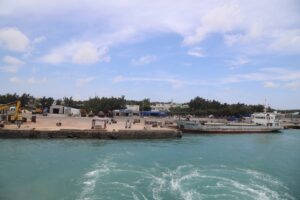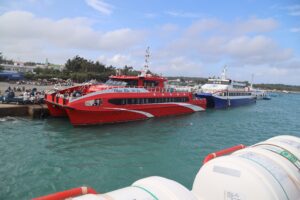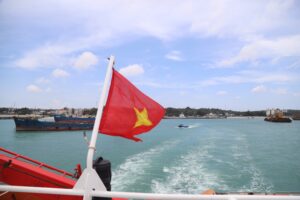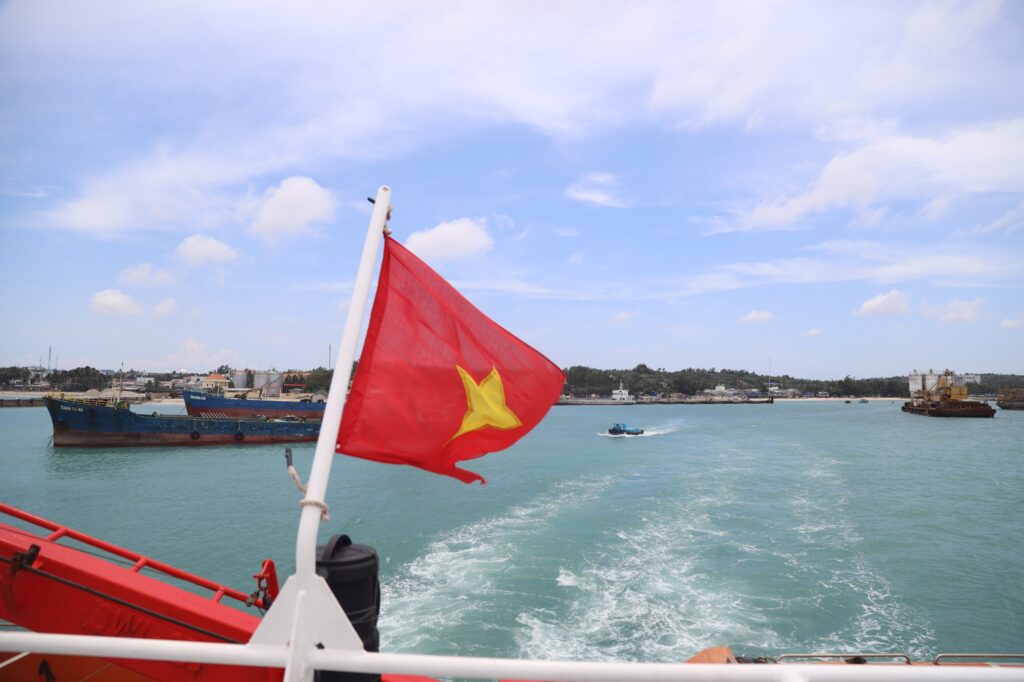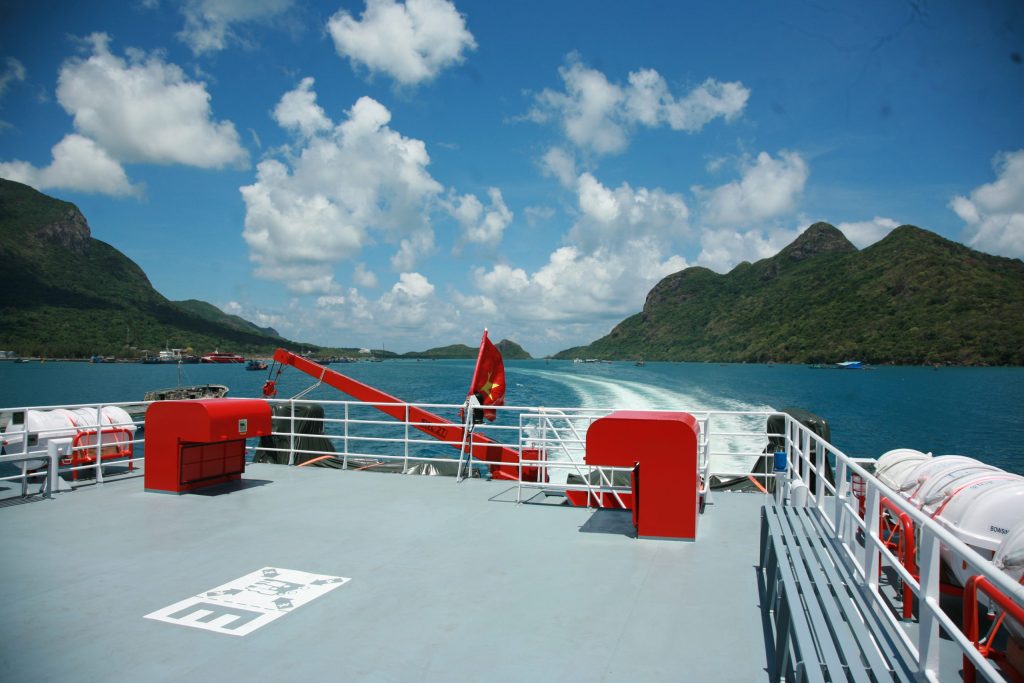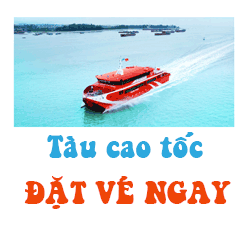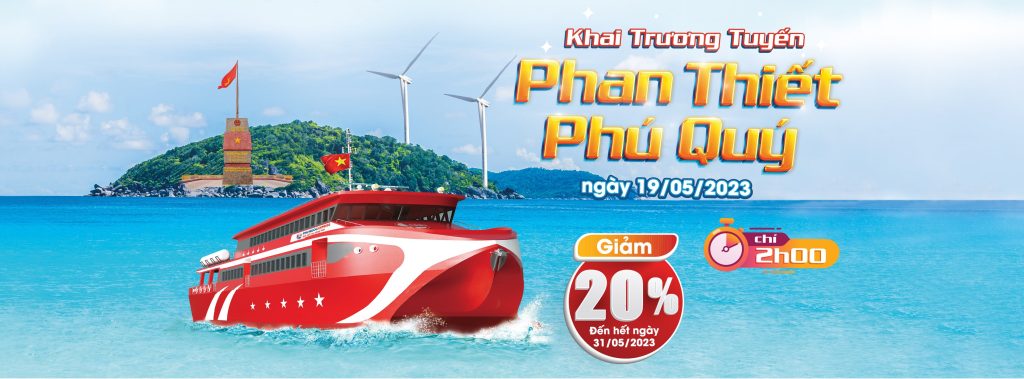Phu Quy Island, also known as Cù Lao Thu, is a small island located about 120 km southeast of Phan Thiết City (Bình Thuận Province). In addition to the main island, the surrounding area includes islets such as Hòn Đá Cao, Hòn Đỏ, Hòn Tranh, and Hòn Hải. Though Phú Quý spans just over 18 km², it offers a rich array of natural scenery, landmarks, and experiences for visitors to explore over several days.
The island enjoys a fresh and cool climate year-round. The best time to visit Phú Quý is from December to June, as the stormy season typically lasts from September to November. In spring and summer, the sea is calm and clear, with light winds, making it easy to travel to nearby islets. However, occasional rough seas may occur, so it’s best to check the weather forecast in advance. Generally, it takes 3 to 4 days to fully explore the island district. If you’re not planning to visit the surrounding islets, a 3-day-2-night itinerary—including 2 travel days and 1 full day of sightseeing on the main island—is a great option.
Triều Dương Bay
Following the island’s main road, the first destination is Triều Dương Bay—a small, tranquil beach with crystal-clear water and soft, white sand. It’s a popular spot for locals to swim in the late afternoon. Nearby, the national sovereignty flagpole is another must-see check-in point for visitors.
Gành Hang
About 650 meters from Bãi Nhỏ Beach, Gành Hang features steep sea cliffs and natural rock formations where seawater flows in to form “Khe Sung Sướng” (the “Stream of Joy”) and a natural “infinity pool” that attracts many swimmers. It’s recommended to wear sturdy hiking shoes for safety. When taking photos, avoid going too close to the edge to prevent accidents caused by strong waves, and consider visiting with a local guide.
Cao Cát Peak
Located in the northern part of Phú Quý Island, Cao Cát is one of the island’s highest peaks, standing 106 meters above sea level. It features uniquely shaped rock cliffs with horizontal grooves formed by weathering, often compared to the Grand Canyon in the U.S. On the way to the summit, you can stop by Linh Sơn Pagoda.
Vạn An Thạnh Whale Temple
In 1941, a whale carcass washed ashore on Phú Quý Island. Locals discovered it and held a solemn burial. The whale was estimated to be over 20 meters long when alive. You can view its skeleton at Vạn An Thạnh. Visitors often hear tales from locals about whales helping fishermen during storms at sea.
Phú Quý Lighthouse
Situated atop Mount Cấm, more than 100 meters above sea level, the lighthouse offers sweeping views of the island’s serene landscape. The path to the lighthouse starts at the end of the road to Linh Bửu Pagoda. You can ride a motorbike to the base of the mountain. Admission is free, but visitors are welcome to leave a small donation to support upkeep and cleanliness.
Princess Bàn Tranh Shrine
Built by the Chăm people in the late 15th century, the shrine honors a Cham princess who, according to legend, was exiled by the king after refusing an arranged marriage. Her boat drifted to the island, where she decided to stay, clear the land, and help locals fend off invaders. After her death, a shrine was built in her honor, and she is worshiped annually as the “Lady of the Land” or “Island Goddess.”
Thầy Nại Shrine
This tomb-shrine honors a Chinese physician who made significant contributions to the island’s early community. He is venerated as a guardian deity of the island. Legend has it that Master Sài Nại, a Chinese merchant with deep knowledge of medicine, was blown off course to Phú Quý during a trading voyage to Vietnam. Enchanted by the island’s beauty, he chose to remain there for the rest of his life. After his death, the locals built his tomb and shrine in 1665. Islanders pray here for peace, good health, and abundant fishing. His annual memorial ceremony takes place on the 4th day of the 4th lunar month, featuring many traditional rituals.
Island Hopping
A visit to Phú Quý isn’t complete without exploring islets like Hòn Đen, Hòn Trứng, Hòn Giữa, Hòn Đỏ, and Hòn Tranh. Just a 10-minute canoe ride away, these islands offer shaded walking paths and a glimpse into the lives of local fishermen, who specialize in lobster diving. Hòn Tranh and Hòn Đen are considered both beautiful and safe by locals. Visitors can enjoy round-trip canoe rides, fishing, snorkeling among coral reefs, and taking Instagram-worthy photos. Best of all, any fish you catch can be prepared on the spot by your guide for a delicious sashimi-style meal.




